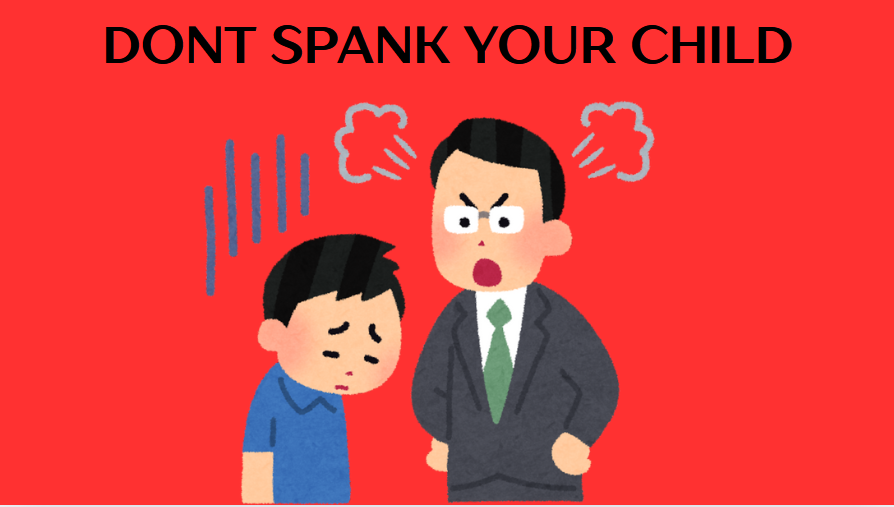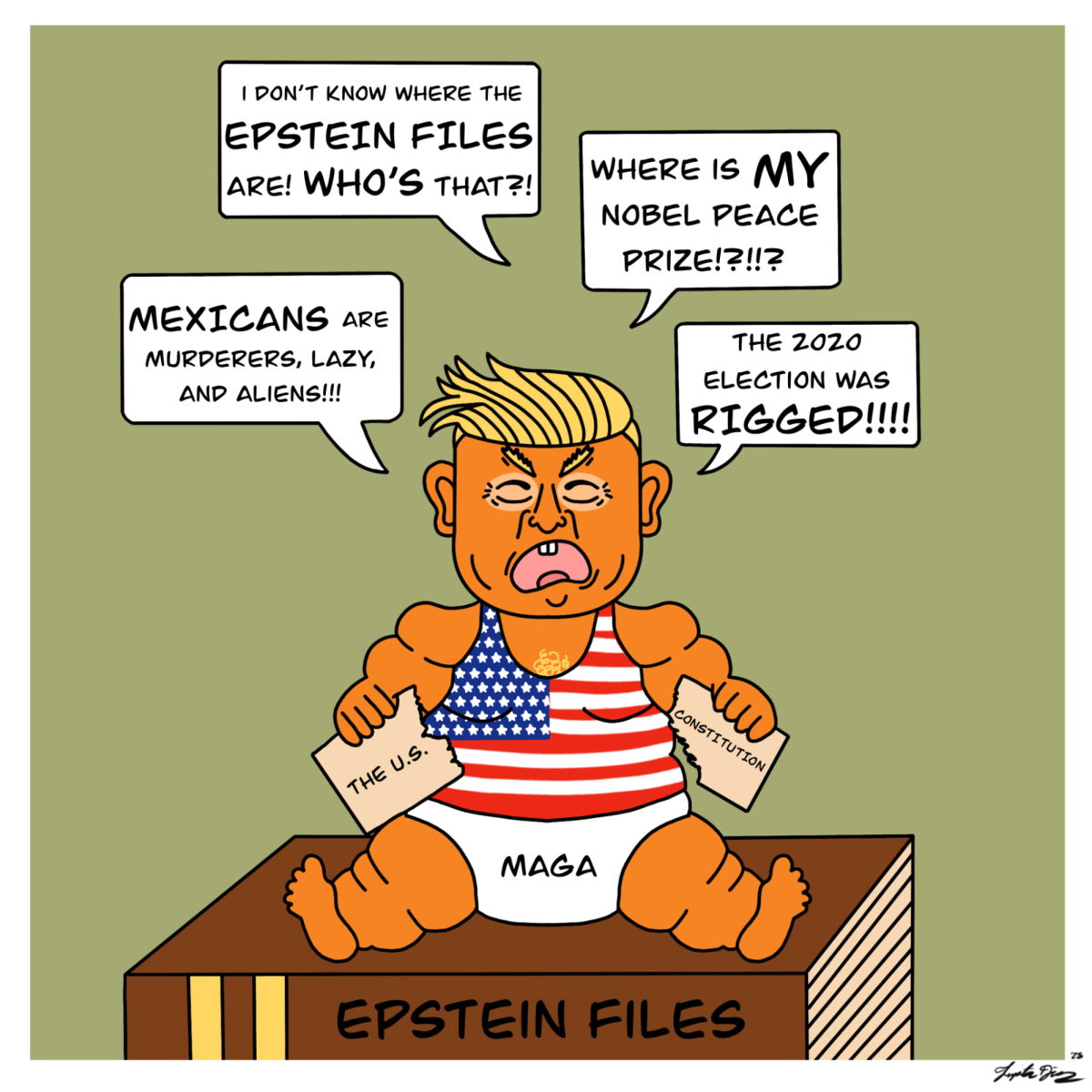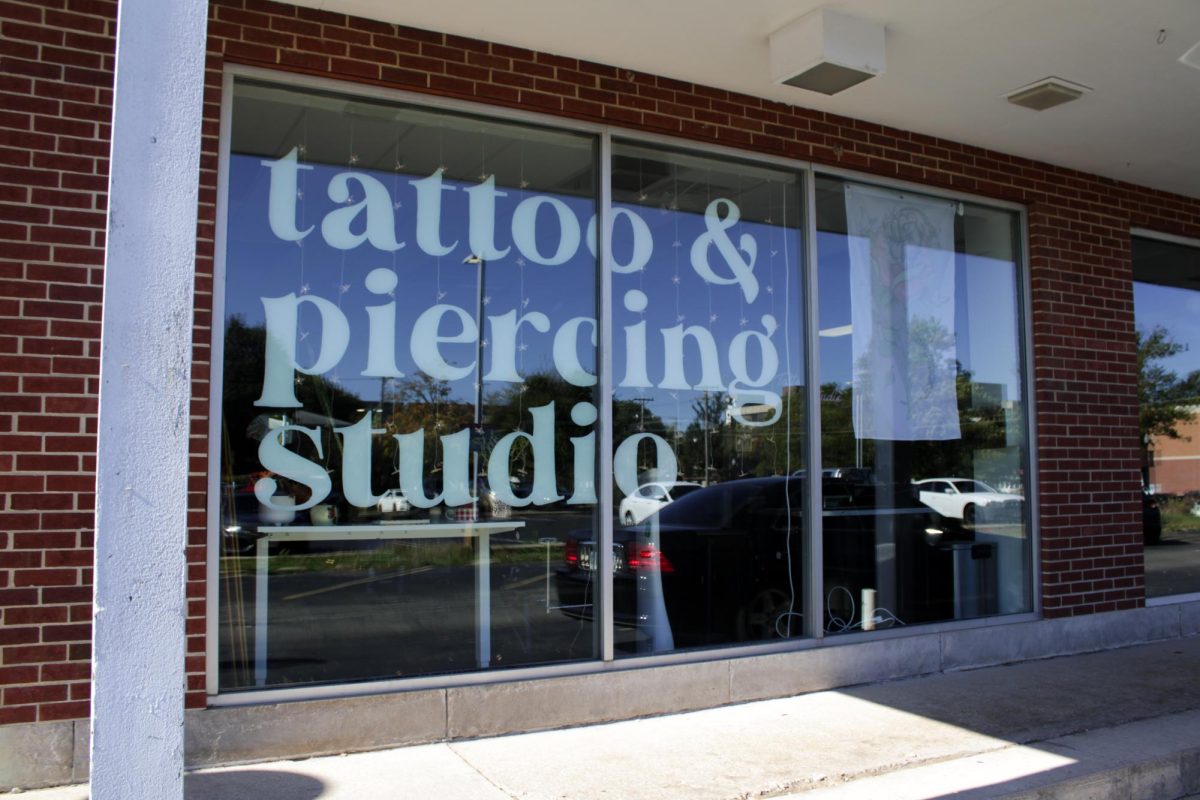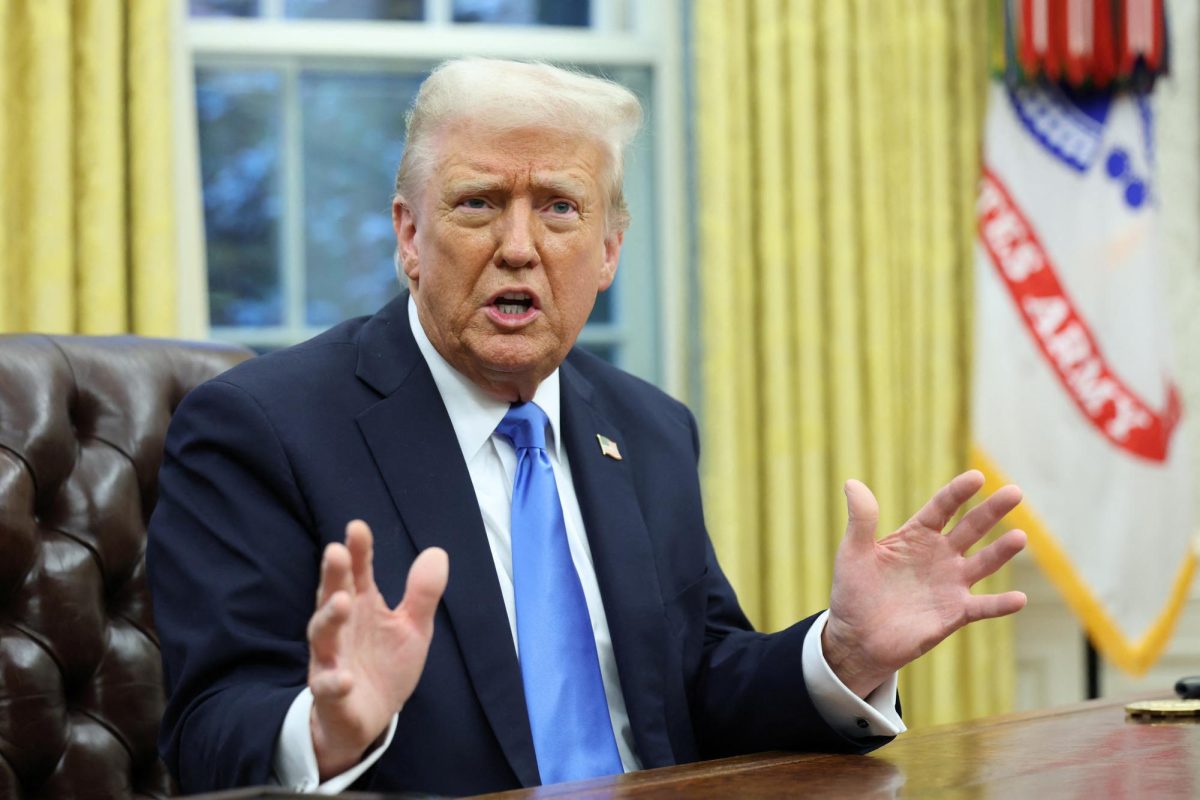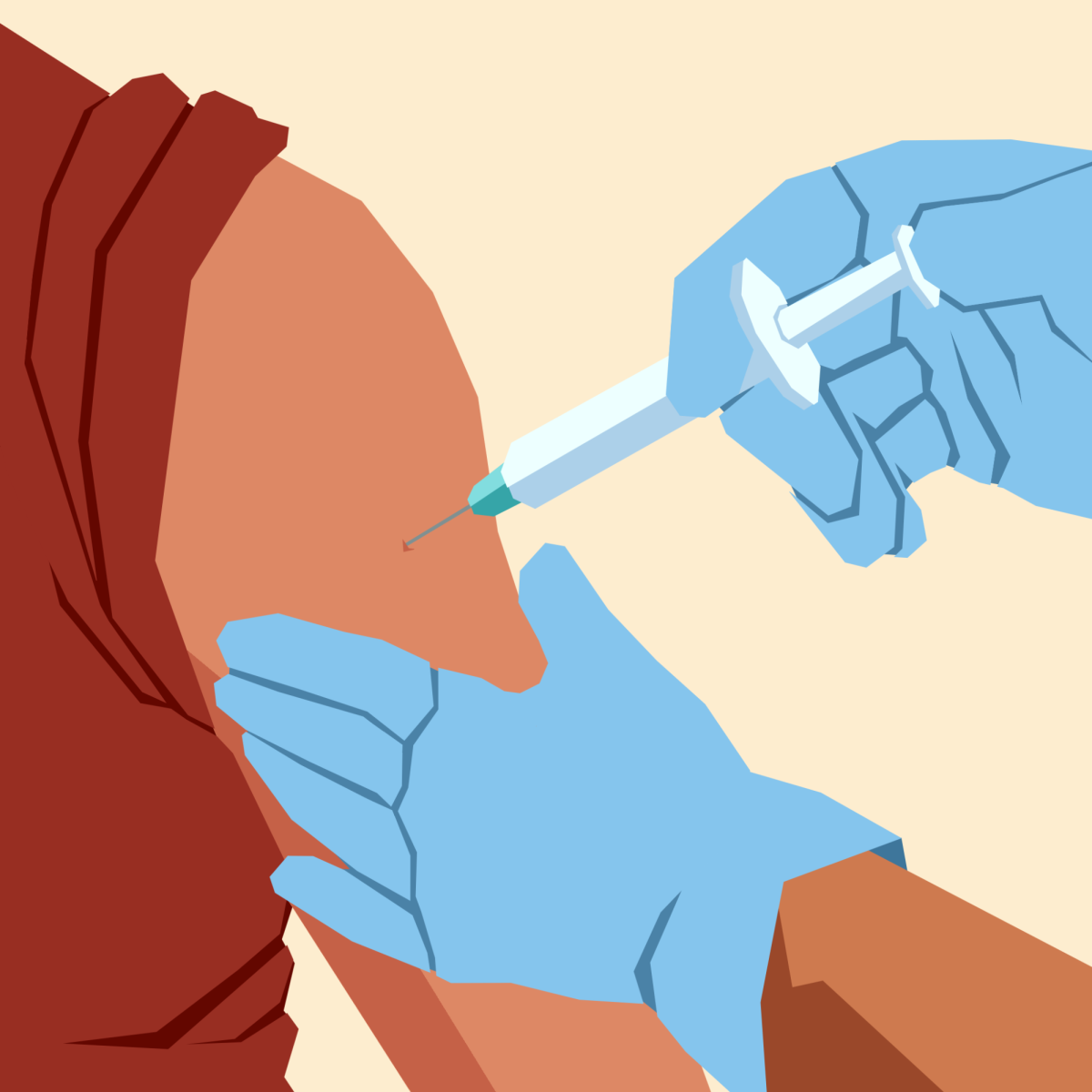All around the United States, 12% of Americans utilize the resource of an EBT card. An EBT card, also known as the Electric Benefits Transfer system, is part of a bigger government system, known as SNAP (Supplemental Nutrition Assistance Program.) SNAP is a program that gives low-income households the opportunity for monthly food benefits in order to buy groceries and grow one’s nutrition. EBT is the card that is used to supply this aid.
In recent years, the debate of whether EBT spending should be limited to healthier food options has erupted. Personally, I believe this limitation would be a beneficial solution to encourage better nutrition.
The qualifications to get an EBT card vary from state to state. For instance, in the state of Illinois, some of the determining criteria include the size of the household, the number of elderly or disabled persons living in the household and the total household income. Furthermore, around 1.5% of all federal spending is used towards SNAP and EBT.
According to the U.S. Department of Agriculture, the main goal of the SNAP and EBT system is to provide assistance to individuals, so that one can afford healthy and nutritious meals vital to a healthy lifestyle. This leads to the ongoing debate of whether individuals should be allowed to purchase fewer healthy food options using the EBT card.
On one side of the spectrum, some believe that the government should not be manipulating Americans into eating healthier by only offering assistance if they consume a specific food group. On the other hand, others believe that limiting the card to only more nutritious options can benefit the overall health and wellness in the U.S. In such a case, it is important to understand both sides of the story.
To start, many believe that the government should merely provide aid, without placing restrictions on what foods people can purchase. This comes with the belief that restricting the benefits will not decrease the rate of consumption of unhealthy food options, but rather lead to individuals finding other ways to get these items.
One of the most common unhealthy dietary options includes soft drinks, which are linked to obesity as well as excess calories. A USDA study shows that those who use an EBT card and those not on SNAP benefits purchase similar amounts of soft drinks on a regular basis. With that being said, these government limitations will not decrease the rate of consumption of unhealthy foods, as those without EBT cards still purchase just as much unhealthy foods.
Looking from the other side, the Center of Disease Control and Prevention states the rate of obesity in the United States was 40.3% between 2021 and 2023. Additionally, the USDA has found that lower-income households tend to purchase more fast-food and junk food due to cheaper prices.
There is a correlation between higher rates of obesity among lower-income households. Research shows that states with 35% of citizens living in poverty had a 145% increase in obesity rates, compared to states with less poverty. Therefore, the government’s goal of restricting the purchase of specific food choices is with the intention of improving the health of those living in the U.S.
Although the government attempting to control what individuals can eat can seem like an infringement on one’s freedom, the overall goal is quite positive. The U.S. government is trying to find ways to improve its citizens’ health and wellness.
One way this is being done is by encouraging healthy food options. While it may be more convenient and affordable to buy junk food, it is government-funded money. This is not a violation of one’s rights, but rather a wake-up call that Americans need to prioritize their health and choose more nutritious food options.








